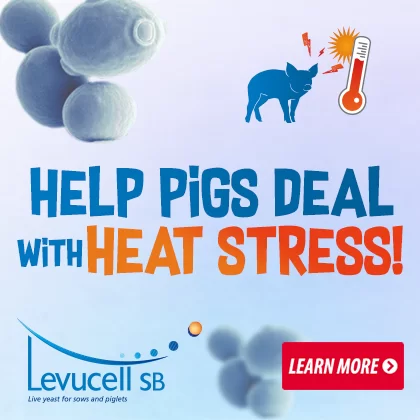06 Jun 2024
Rediscovering Peanut Skins: a nutritional treasure for animal nutrition
In North Carolina, a compelling inquiry has surfaced thanks to Ondulla Toomer, a chemist with the Agricultural Research Service in Raleigh: How can we utilize the millions of discarded peanut skins produced during the processing of peanuts into food for humans and animals? Often relegated to landfills, these peanut skins are an overlooked source of nutritional wealth.
Unveiling the Nutritional Riches
Peanut skins, despite their thinness, are packed with essential nutrients:
- Protein: Vital for growth, repair, and overall health.
- Carbohydrates: Serve as an energy source.
- Fats: Though minimal, they contribute to the caloric content.
- Fiber: Promotes digestion and gut health.
- Minerals and Vitamins: Provide necessary minerals and vitamins for various bodily functions.
Furthermore, these skins are abundant in bioactive compounds, particularly antioxidants, which combat harmful free radicals in the body. Remarkably, the antioxidant activity in peanut skins is comparable to that of green tea and grape skins.
Exploring Livestock Nutrition
In the field of livestock nutrition, scientists are exploring the potential of adding peanut skins to poultry diets. Peanut skins, currently a considerable waste product with little economic value, could become a valuable feed ingredient for laying hens and other poultry. However, a challenge arises due to the presence of tannins in peanut skins, which can inhibit protein digestion. Researchers are currently assessing low inclusion levels (around 4%) to identify the optimal safe amount for animal feed.


With rising concerns about peanut allergies, researchers are also examining whether allergenic proteins from peanut skins transfer to eggs and meat from poultry fed with peanut-inclusive diets. So far, findings indicate no detectable allergenic proteins, offering reassurance to consumers.
Evaluating Egg Production and Quality
A study was conducted to determine the dietary effects of peanut skins on the production performance of laying hens and the quality of their eggs. This research aims to understand how the inclusion of this potential feedstuff impacts both the quantity and quality of egg production.
The Spectrum of Color and Health Benefits
Beyond animal feed, scientists are studying the concentrations of bioactive compounds in peanut skins of various colorsâred, tan, brown, white, black, and variegated. Each color could offer distinct health benefits. By analyzing the nutritional chemistry and properties of these differently hued skins, researchers aim to unlock their full potential.
A Broader Mission
Ondulla Toomerâs research aligns with the overarching goals of the U.S. Department of Agriculture: improving productivity, processing, end-user quality, and nutritional value for peanuts and other crops. By repurposing peanut skins from waste into valuable resources, we create benefits for producers, consumers, and the environment alike.
Conclusions
Peanut skins, often overlooked, harbor significant nutritional value. These skins present a promising source of nutritional energy for both livestock and humans. Through dedicated research and innovative approaches, we can transform peanut skins from waste into a valuable asset, supporting sustainability and health.
